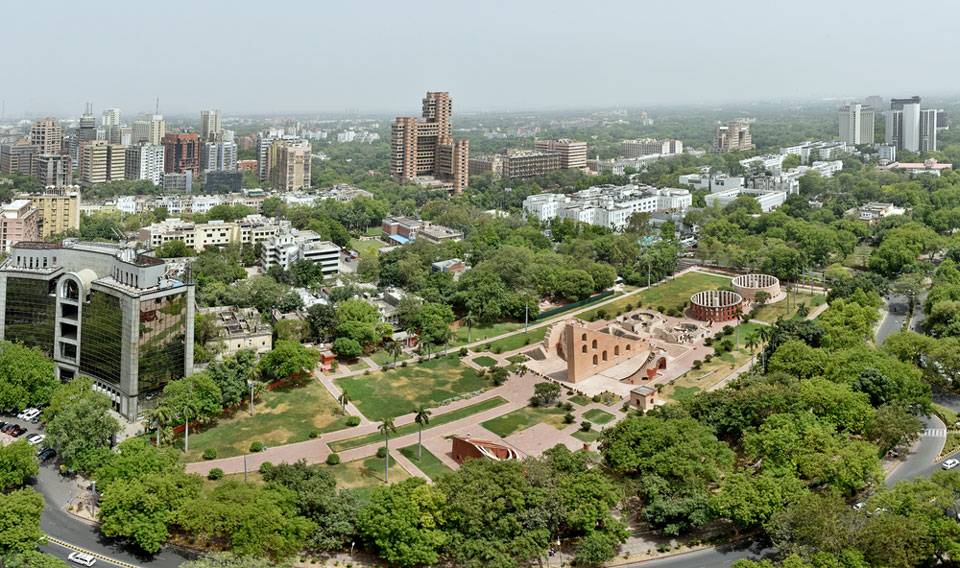The future of commercial real estate in North India

For the past decade, India has been witnessing unprecedented growth in the commercial real estate market. It is reclaiming its foothold in a traditionally-favored market and stepping up the game with its own modern-day innovations. Nobody’s blowing horns here as the stats are pretty much out there. But, what has been especially worthwhile is the rise of the once-neglected, infrastructurally compromised North Indian market. It is about to reach new heights of success–and everyone can see that.
The growth trend is at its peak in the Delhi-NCR and Gurugram regions. In Gurugram, the commercial real estate market has amassed mammoth investments from influential giants. In 2023, Gurguram’s Retail Sale Price breached Delhi’s in 2023 and is likely to touch 2,40,000 sqft. But, Delhi, being the historical commercial fort of the North, has been upscaling its performance as well and is expected to record as much as 12 percent growth in 2023. But, these two mainstream favorites have found competition in the underdogs–the Tier 2 cities in North India.
Now, before I jump on the future of commercial real estate in tier 2 cities, let me explain simply what tier 1 and tier 2 cities are. In India, there are tier I, II, III, and IV cities; we will stick to the first two only. Tier I city is a city with a population of 100,000 or more and is infrastructurally and socially well-developed. These assume higher living expenses and standards. Delhi, Bangalore, and Pune are examples of Tier I cities.
And, Tier II cities. They are just a notch lower than Tier I. These are fast-growing cities with a population between 50,000 and 99,9999. They maintain a reasonably developed infrastructure and are comparatively cheaper than their counterparts on the upper rung. But, as obvious enough, these cities haven’t hit peak levels and promise long-term profits in the long run. Lucknow, Bhopal, and Kanpur are Tier II cities.
Following the refashioning of the commercial and working dynamics post-pandemic, Tier II cities witnessed an unprecedented increase in the pace of development. Sustained infrastructural investments and enhanced work opportunities are being reported on the ground. The prolonged issues of connectivity are nearing sophisticated and promising solutions in the form of metro and suburban transit development.
Moreover, the Central Government and the various state governments have shown interest in ramping up bigger, more capital-intensive projects such as international airports. The ambitious upcoming Jewar International Airport in Gautam Budh Nagar is a fitting example to start with. Also, just recently, the State of Uttar Pradesh organized a gigantic investor summit that culminated in 18,643 MoUs, of which 4.32 % comprised real estate proposals. Several North Indian cities are aiming to expand their office leasing opportunities and invite notable IT and retail firms to operate there. Warehousing for e-commerce enterprises is already raking up financial numbers in commercial real estate.
The future seems brighter than the sun, but one must always carry sunscreen and an umbrella to protect from the heat. Sustained levels of growth and consistent investments are integral to realizing these aims. For a long time, the identity of North India was managed by Delhi-NCR and Gurugram, but new players have entered the playing field. Tier II cities are already closing in on Tier I cities, but there is an unimaginable, and largely untapped potential for Tier III and Tier IV cities. Commercial real estate is here to stay, but the opportunities to innovate and deliver need to be explored. And, I can confidently say that North India has a lot to offer on this front.
Written by Abhishek Srivastava.
Have you read?
Sean Rakidzich Shares His Own Strategies to Help Those in the Short-Term Rental Business.
Continuous Operational Excellence Is the Key to Sustainability by Kumar Vijayendra.
Vuslat Doğan Sabancı: Generous Listening is the missing piece for living and flourishing together.
The Cleantech Revolution is Finally Here by Dr. Joe Zammit-Lucia.
Embracing the Metaverse: How Brands are Navigating the Future of Marketing by Vitaly Gerko.
Bring the best of the CEOWORLD magazine's global journalism to audiences in the United States and around the world. - Add CEOWORLD magazine to your Google News feed.
Follow CEOWORLD magazine headlines on: Google News, LinkedIn, Twitter, and Facebook.
Copyright 2025 The CEOWORLD magazine. All rights reserved. This material (and any extract from it) must not be copied, redistributed or placed on any website, without CEOWORLD magazine' prior written consent. For media queries, please contact: info@ceoworld.biz








